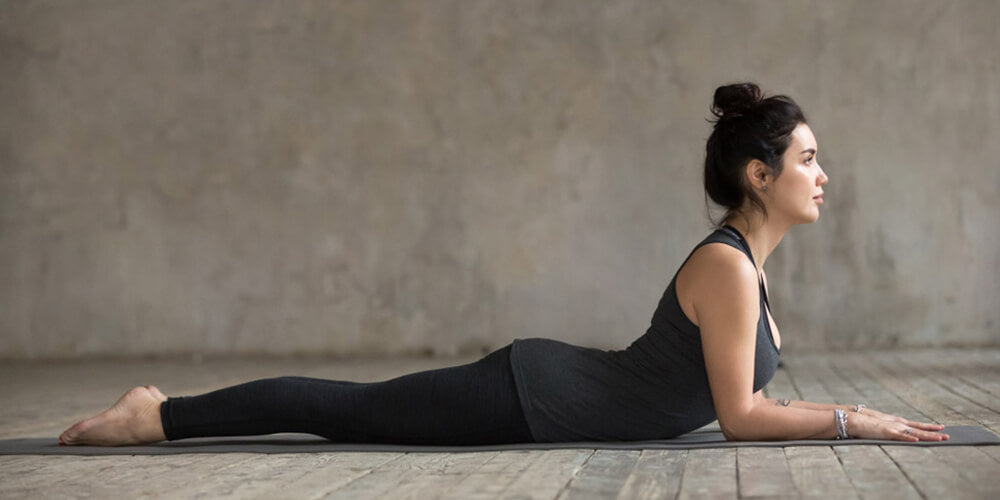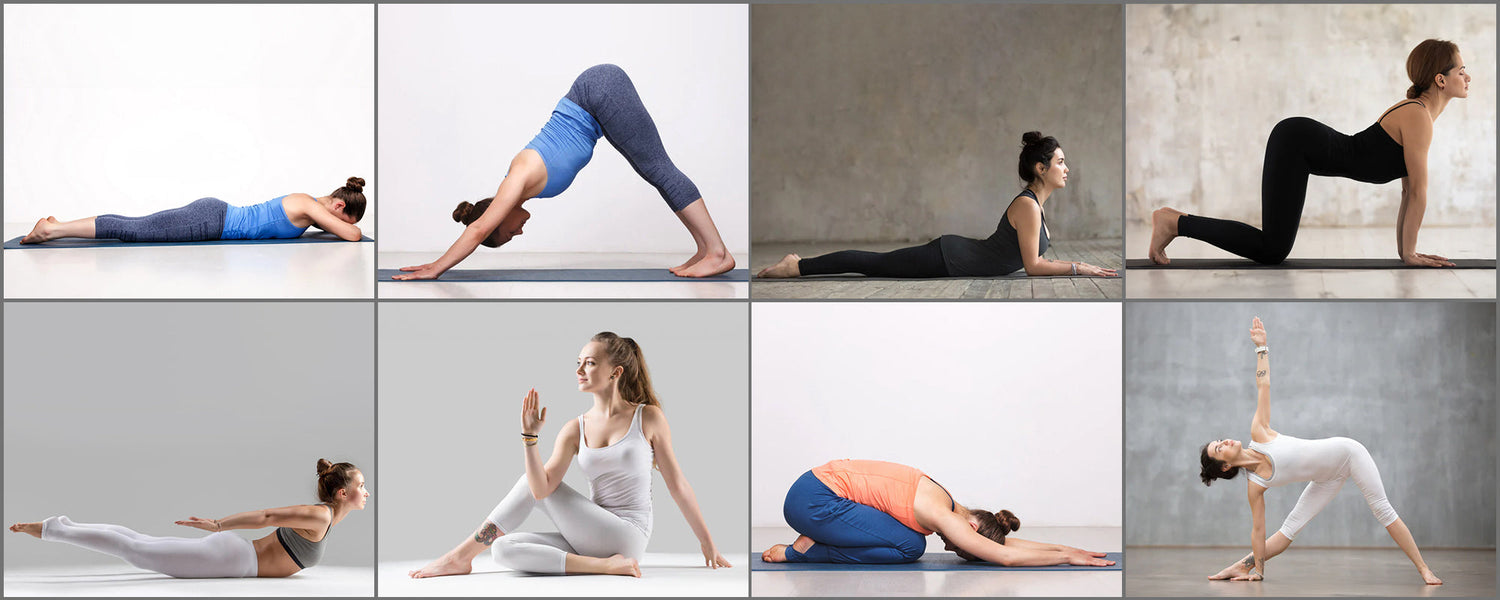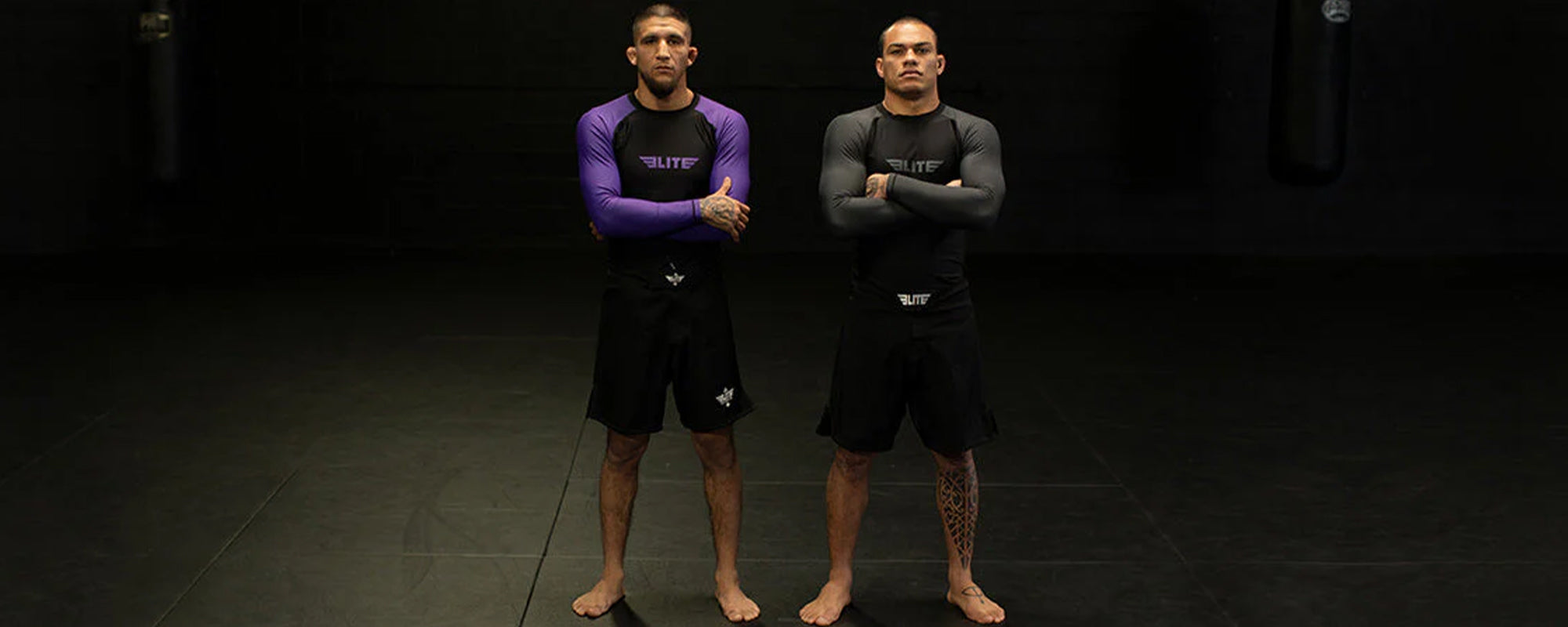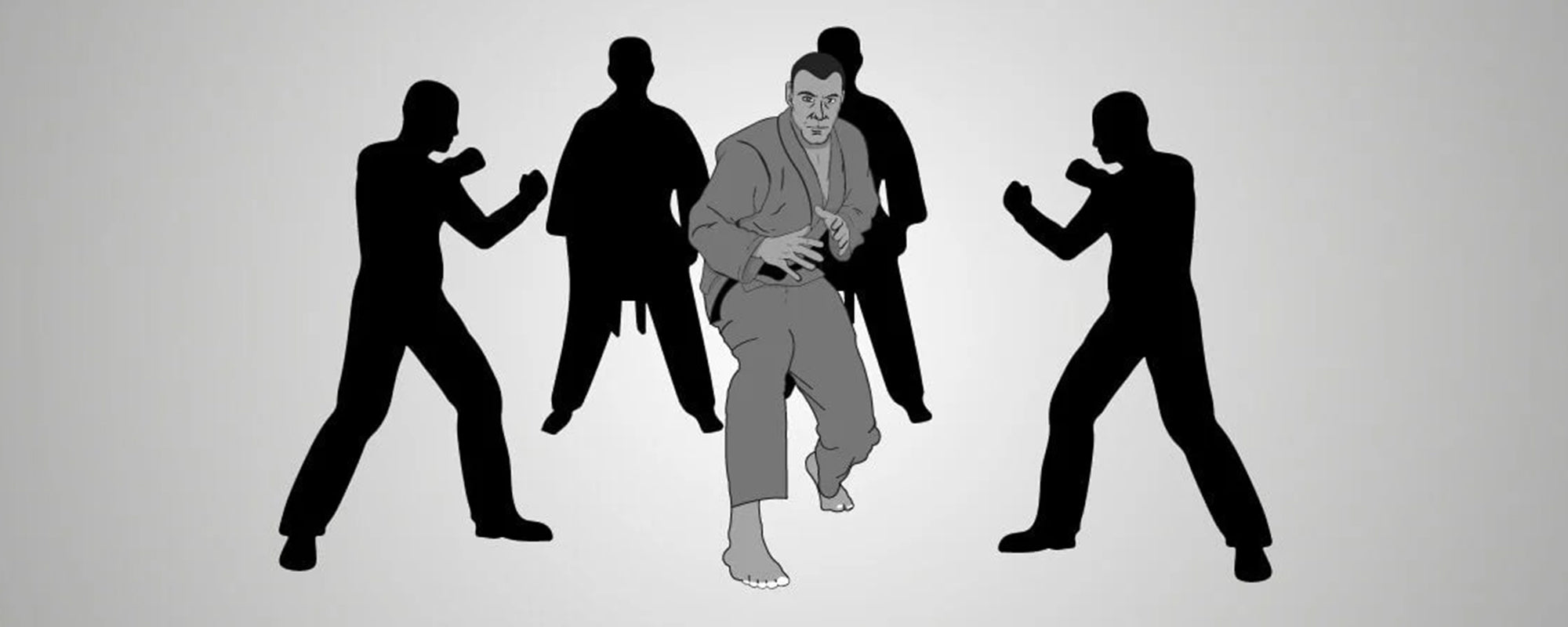Table of content
Are you suffering from back pain? Does back pain make it difficult for you to practice BJJ? Here is a guide about how to help reduce, prevent and cope with back pain.
Back pain is among the most common pains that people suffer especially while practicing BJJ. Back pain may imply that there is a problem with your ligaments, tendons, discs, muscles, and bones. This condition is especially prevalent among the elderly. However, young adults can also be affected as well due to some reasons discussed below.
1. From Where Lower Back (Lumbar Area) Pain Develops
The lower back has only five vertebrae, less than the neck and middle back areas. These vertebrae are responsible for the heavy lifting! Your lower back would be where your spine is attached to the pelvis and bears the load of your entire torso. This area is always in motion and under stress and if immense pressure is applied or extended beyond limits and can also result in injury.
Lower back pain may develop in the following areas:
- The Bony Lumbar Spine Area
- The Discs Between Vertebrae
- The Ligaments Encircling the Spinal Cord
- In the Lower Back Muscles
- In the Internal Tissues of the Pelvis and Abdomen
- In Lumbarne and Discs Region
2. Back Pain in BJJ
2.1 How Does BJJ Training Cause Back Pain?
BJJ is a strenuous sport that trains and strains your muscles, tendons, spines, disks, and bones. Any injuries to these body parts can be dangerous for your back.
Intense physical exertion or abrupt movements might strain the lower back and spinal ligaments. Constant tension in your back can cause severe muscle spasms for those with poor physical health.
2.2 Why Does My Back Hurt After BJJ?
Several muscle groups work in Brazilian Jiu-Jitsu. Practicing techniques and exercises can cause soreness and pain if your body is not trained to withstand strains.
2.3 Is Yoga Good for Brazilian Jiu-Jitsu?
Yoga helps strengthen your muscles, improve flexibility, and help in the recovery process which is necessary. Yoga also conditions your body to hold a specific pose for a long time and improves your balance and muscle endurance.
2.4 Should I Do Yoga if I Hurt My Back?
If you are suffering from severe back pain, try to avoid doing advanced yoga poses, including the upward-facing dog, bridge, and full wheel.
2.5 Does Yoga Strengthen Your Back?
Yes, the majority of yoga postures gently work and gradually strengthen the back and abdominal muscles.
2.6 What are the Benefits of Yoga for BJJ?
Yoga is a way to reduce or eliminate back pain without medication. It's one of the most effective and recommended forms of therapy that helps release discomfort, and muscle tension, and inculcate serenity of mind and health of the body. Yoga is the most effective way to improve strength and balance if done correctly.
3. Best Yoga Poses to Cure BJJ Back Pain
If you are suffering from back pain, numerous studies have shown that traditional methods are effective in reducing back pain, stressing the importance of stretching, strength building, and flexibility.
Taking up yoga can help you get rid of your achy back. Here is a list of the 10 best yoga poses to ease back pain due to BJJ.
3.1. Crocodile Pose

The crocodile pose, or the Makarasana, is a basic yoga pose that helps reduce discomfort by relaxing the entire body. By laying on your stomach with your shoulders and chest at rest, you can relax your back muscles. This position is an excellent way to reduce muscle tension.
How To Do
- Lie flat on your stomach and press your forehead against the mat
- After exhaling, lift your upper torso and legs so that most of your body is off the floor
- Bring your arms behind your head by moving slowly
- Stay in this position for 30 seconds
- Gently return to the starting position
Benefits of Crocodile Pose
- Relaxes your spine and shoulders
- Help in back pain relief
- Complete mind-body relaxation
- Relieves fatigue
- Help with sciatica, slip disc and spondylitis
3.2. Downward-Facing Dog

Downward-facing dog is a popular yoga pose that stretches the back extensor muscles, major muscle groups that help support the lower back and spine, and help you stand and lift objects.
How To Do
- Start by kneeling and placing your hands in front of your shoulders
- Put some pressure on your hands, tuck your toes, and lift your knees
- Now lift your sitting bones up toward the ceiling
- Bend your knees slightly and stretch your pelvis and spine
- Then slightly lift your heel off the ground
- Evenly distribute your body weight
- Your chin should be tucked in and your upper arms parallel to the ground
- Stay in this posture for one-minute
Benefits of Downward-Facing Dog
- Relieves stress
- Strengthens your upper body
- Improves blood circulation
- Strengthens your fingers, wrists, and hands
3.3. Cat-Cow Pose

One of the most important and effective yoga poses are the cat-cow pose or the Chakravakasana. It entails bending (flexing) the spine into an arched position (extension). The purpose of the cat-cow pose is to improve your balance, posture, and flexibility and reduce back pain. Breathing while in this pose helps you to release stress.
How To Do
- Get down on your hands and knees so that you are on all fours
- Evenly distribute your weight
- Slowly inhale while looking upward
- Lower your head down to the mat
- Exhale as you bend your chin towards your chest, bring your navel closer to your spine
- Bend your back towards the ceiling while exhaling
- Repeat and maintain this position for one-minute
Benefits of Cat-Cow Pose
- Helps with weight loss
- Relieves back pain
- Stretches your neck and torso
3.4. Sphinx Pose

The sphinx pose works the muscles in your chest and lower back, and improves your breathing. This pose also improves your posture, restoring the normal curve of the spine in the lower back. The sphinx pose is a great warm-up exercise that helps improve the flexibility of your back when bending.
How To Do
- Start with lying on your stomach
- Extend your legs
- Make use of your back, buttocks, and thigh muscles
- While facing downward, bring your forearms towards the floor
- Gently lift your torso and head
- Make sure you are lifting with your spine
- Relax and keep your eye pointed forward
- Remain in this pose for five minutes
Benefits of Sphinx Pose
- Reduces stress
- Relieves back pain
- Strengthens the abdominal muscles
- Calms the nervous system
- Provides relief from fatigue
3.5. Locust Pose

The locust pose, also known as the salabhasana, helps strengthen the legs, spine, and back.
How To Do
- Lie on your stomach with your hands behind your back and the palms facing downwards
- Stretch your quadriceps by straightening your big toes and exerting with all your toes
- Stretch your lower back by turning your inner thighs upward
- Slightly raise your legs, head, and chest
- Keep your shoulders off the ground while rolling them back. Focus on elevating your chest rather than your chin and avoid tightening your buttocks
- Inhale and hold the pose
- While exhaling, release your legs, arms, and shoulder and let them rest on the mat
Benefits of Locust Pose
- Improves your posture
- Relieves back pain
- Strengths your muscles and thighs
3.6. Half Lord of the Fishes (Ardha Matsyendrasana)

Half lord of the fishes improve your upper back, side body, neck, and spinal mobility. Ardha Matsyendrasana loses these areas that help to reduce back pain.
How To Do
- Sit on the floor and extend your legs in front of you
- Bend your knees and place your feet on the mat. Put your left knee on the ground next. Bend your left foot beneath your right leg, parallel to your right buttock
- After taking a breath, raise your right arm right over your ear
- Spiral your torso from the pelvis to the crown of the head
- Make your spine longer while inhalation, and bend a little deeper while exhalation
- Look straight over your right shoulder by turning your head
- Tightly press your right foot on the floor. Keep your torso long and hold this pose for a minute
- Now release your torso. Repeat the same twist from the opposite side
Benefits
- Relief from back pain
- Relief from menstrual pain
- Help in constipation
- Good for you if you worked on a desktop
3.7. Child’s Pose

Child's pose relaxes your body and mind. It gently stretches your ankle, hips and thighs and reduces your back pain.
How To Do
- Kneel down on the ground with your feet together and your hips spaced apart
- Place your palms on your thighs
- Then lower your torso by releasing a breath
- Keep your arm in front of your torso
- Palace your forehead on the yoga mat and relax your shoulders on the mat
Benefits
- Improve digestion
- Relief stress and tension
- Increase blood circulation
- Provide relief from back pain
3.8. Extended Triangle

How To Do
- To do the Triangle pose, also known as Trikonasana, place your feet about a leg apart on your mat
- Turn your left foot in at 45 degrees and right foot out
- Put your legs to work and roll your right thigh out until your right knee is parallel to your first two toes.
- Breathe in as you extend your right arm across your right leg, moving your hips toward the rear of the mat. As you lower your right arm to the ground or a block with your hand in it, exhale. Your ribs should be turned upward.
- Align your hand with your shoulders
- As you continue to press through your feet, extend through the fingers and top of the head, and rotate your ribcage, keep your body relaxed and breathe slowly.
- To exit, press your feet into the ground, take a deep breath, and raise your left arm toward the roof as you straighten up
- Turn your feet and repeat on the other side
Benefits
- Improve stability
- Strengthens your legs
- Improve balance
4. Benefits of Doing Yoga
4.1. Relieves Back Pain
Yoga is an excellent therapy for people suffering from back pain. This practice increases mobility and strengthens the muscles. After doing yoga practice for several days, you should notice your back pain gradually decreasing. Yoga helps to lose your muscles around the lumbar region.
4.2. Improves Self-Esteem
Practicing yoga helps you discover different sides of yourself. As you overcome challenges and become used to yoga, you will have improved mental and emotional health, reduced back pain as well as developed a positive attitude toward life.
4.3. Boosts Metabolism
Yoga helps stimulate the endocrine system responsible for creating and circulating energy in the body. Abdominal and endocrine organs are massaged during yoga which helps improve circulation and gets rid of toxins more quickly.
4.4. Helps With Relaxation
Yoga helps reduce stress as regular exercise improves your physical and mental health. Working out your body through yoga will also help make it easier to sleep peacefully.
4.5. Improves Flexibility & Posture
One of the obvious benefits of yoga is improved flexibility and posture. Research shows that within just eight weeks of practice, flexibility can improve by 35%.
5. Final Thought
Back pain causes severe difficulty in your routine job. Stretch your body through different yoga poses, you will get instant relief from backache. I hope the above yoga poses help you reduce your discomfort.
If you didn't feel any improvement after yoga practice then must consult your doctor for proper treatment.












Leave a comment
This site is protected by hCaptcha and the hCaptcha Privacy Policy and Terms of Service apply.